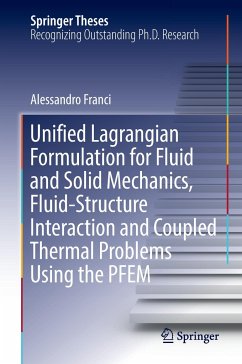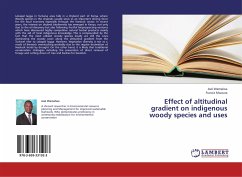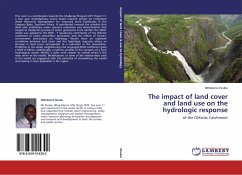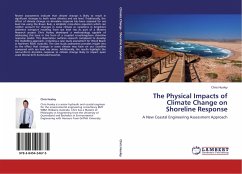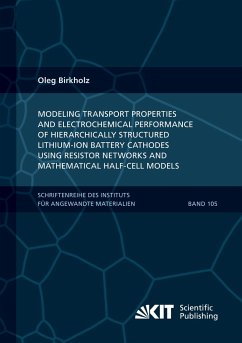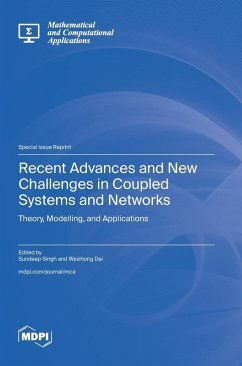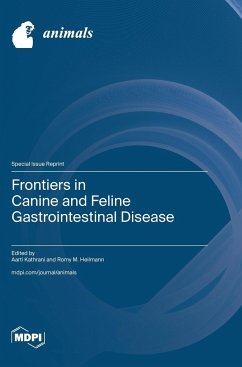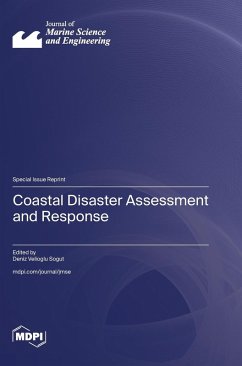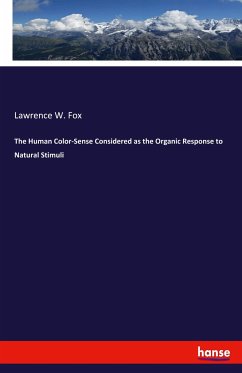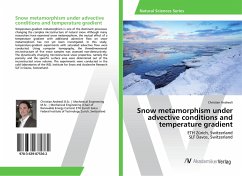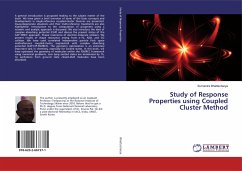
Study of Response Properties using Coupled Cluster Method
Versandkostenfrei!
Versandfertig in 6-10 Tagen
51,99 €
inkl. MwSt.

PAYBACK Punkte
26 °P sammeln!
A general introduction is proposed leading to the subject matter of the book. We have given a brief overview of some of the basic concepts and developments in single-reference coupled-cluster theories are presented. Quasi-degenerate situations and their multi-reference treatments are also highlighted. Introduction to the computation of properties using a numeric and analytic approach is discussed. We also introduce the idea of complex absorbing potential (CAP) and discuss the present status of the CAP MRCC approach. Shape resonance of electron-molecule collision. We present results of shape re...
A general introduction is proposed leading to the subject matter of the book. We have given a brief overview of some of the basic concepts and developments in single-reference coupled-cluster theories are presented. Quasi-degenerate situations and their multi-reference treatments are also highlighted. Introduction to the computation of properties using a numeric and analytic approach is discussed. We also introduce the idea of complex absorbing potential (CAP) and discuss the present status of the CAP MRCC approach. Shape resonance of electron-molecule collision. We present results of shape resonance arising from e--F2, N2O, and CO collision. We have used correlated independent particle Fock space multireference coupled-cluster augmented with complex absorbing potential (CAP-CIP-FSMRCC). The geometry optimization is an extremely important task in chemistry, especially for excited states. In this book, we have optimized the geometry of molecules within the FSMRCC framework using numerical gradients. Low lying excited states are dominated by 1h, 1p excitations from ground state closed-shell molecules have been described.



